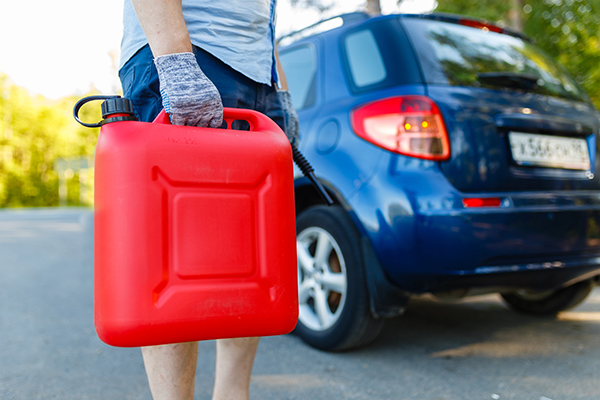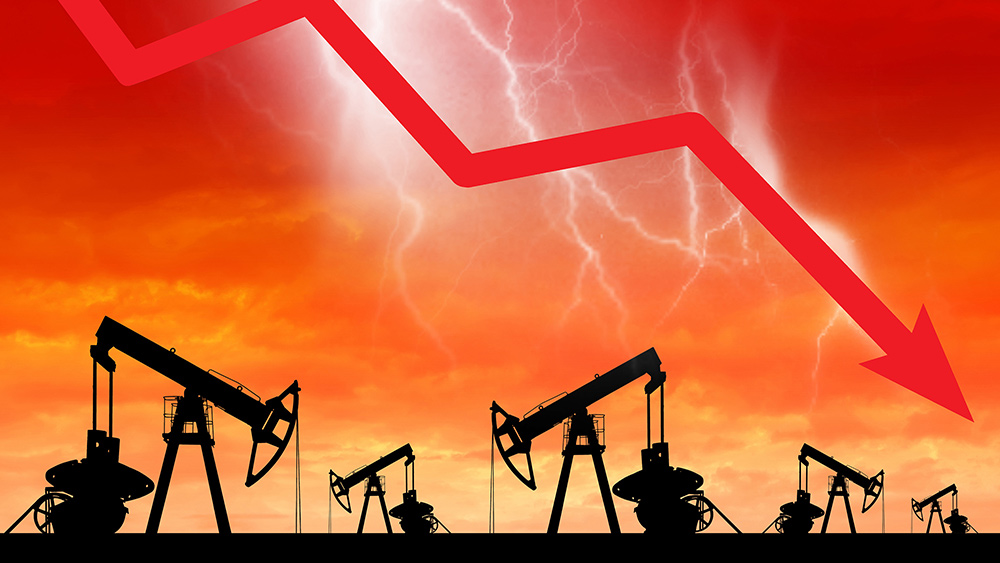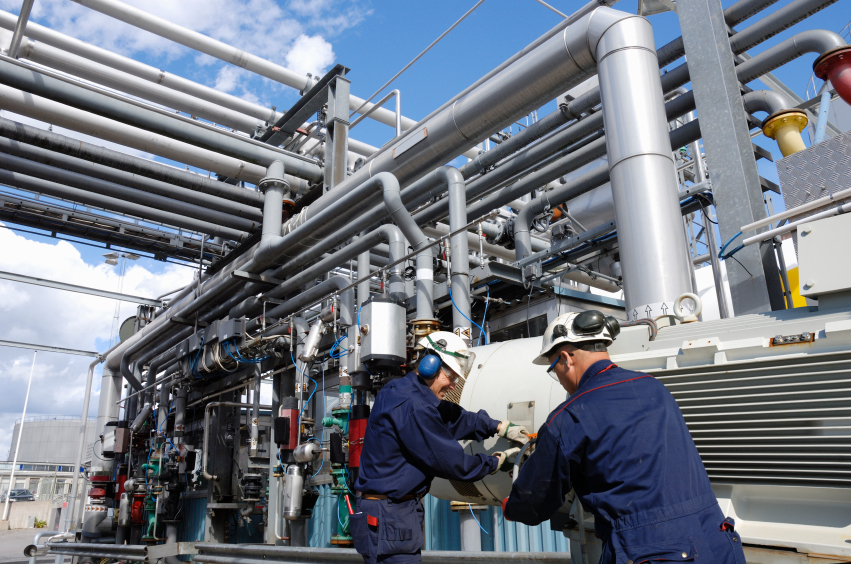Prepping tips: How to recondition old gasoline
02/24/2023 / By Zoey Sky

Whether you plan on bugging in or bugging out when SHTF, you will need to stock up on fuels for your cars, tools and generator.
But unlike other supplies for your stockpile like food or survival gear, you can’t store gasoline indefinitely. No matter how you store it, gasoline will eventually break down chemically.
Gasoline will also lose its potency if it has been stored for too long. But when you don’t have other options, there are ways to recondition gas that may have gone bad while in storage. (h/t to AskAPrepper.com)
How to check if you have old gasoline
Having detailed records will make it easier to keep track of when you last refilled your gas containers. This also makes it easier to check if the gas is old.
Generally, regular gasoline can sit in a container for at least six months before it is considered old. If this is the case with the gasoline in your stockpile, doing some simple math can tell you if the gas is old.
But some preppers might have a habit of just filling up extra containers and leaving them in the garage. Most of the time, they probably won’t be able to tell how old the gas is. (Related: Survival essentials: 9 Types of fuel you may need in your stockpile when SHTF.)
If you somehow forget when you filled up a fuel container or gasoline canister, how can you tell if the gas inside is still good?
You can first check by looking at the gas. If the gas is darker than normal or muddy looking, the gas has gone bad.
Old gas may also have a sour smell. If you left gas in your car or tools, but they won’t start properly, there’s a chance that the gas in them may have also gone bad.
If gas looks cloudy or murky, it’s very old and bad enough that it’s best not to waste any resources trying to recondition it.
Reconditioning old gas
You can try to recondition the gas in your stockpile if it’s still usable.
Follow the steps below to recondition old gas in order to make it functional again.
Add fresh gasoline in a 3:1 or 4:1 ratio
When gasoline gets old, it begins to break down. The octane level of the gas will also drop.
But by mixing in new gas, you are creating a new solution and adding in combustive elements that were lost during the aging process.
The octane level of the reconditioned gas will be lower than that of the new gas you mixed in. Remember this before you use the reconditioned gas.
Mix the gas thoroughly
After adding the new gas to the old gas, shaking the container will help mix the fuels inside.
If you are adding new gas directly to a vehicle or lawn mower, rock it gently. This will also help thoroughly mix the reconditioned gasoline.
Mix in additives if needed (or desired)
Store-bought fuel additives are meant for use in new gasoline. If you have new gasoline in your stockpile, additives can help extend the shelf life of gasoline by up to 12 months.
Fuel additives will do nothing to rejuvenate old gasoline.
But if you mix in a detergent additive in old gasoline, it can help clean any unwanted deposits before they harden. This is important because these deposits can clog components of your engine.
Stock up on a detergent additive for reconditioned gas so you have a source of backup fuel if your gasoline supply runs out.
Try to start your engine
After reconditioning old gasoline by adding new gas and using the right additives, you can test drive your car or try using gas-powered tools.
It might take several tries before the engine starts, but this is normal since the final octane level will be lower than the new fuel.
Can you recondition diesel fuel?
Diesel fuel can also be reconditioned, but you will need to follow a different process. Don’t try to follow the process for gasoline if you have diesel fuel because it will not work.
Like regular gasoline, diesel will go bad. However, diesel can last much longer if you store it properly. Diesel can be stored for up to two years before it is considered “bad” and no longer fit for use without reconditioning.
Additionally, storing diesel improperly can result in water contamination. If this happens, bacteria will grow in diesel and clog your filters.
Using contaminated diesel for too long can cause total engine failure.
How to keep gas from going bad in storage
Before SHTF, you can keep gas from going bad in storage by planning ahead so you don’t buy too much fuel.
It’s good to have extra gas in your stockpile, but rotating your containers and using them up before the fuel goes bad ensures that you don’t waste gas and money. When you use up gas, make sure you refill the containers.
You can also try getting long-storage gasoline. Some manufacturers produce gas blends that are optimized for a longer shelf-life than the gas available from the gas station.
If you do get long-storage gasoline, you will need to pick it up from the supplier directly. This kind of gas can also cost more than regular fuel.
If you have money to spare, specialized gas can have a shelf life of up to two years.
Keep extra fuel tanks in a well-ventilated room and away from heat sources and direct sunlight.
Always use metal safety fuel cans to store gasoline. Plastic cans may leach chemicals into the fuel, making it degrade faster.
Before SHTF, stock up on fuels for your car and tools. Rotate your supply to ensure that it doesn’t go bad in storage.
Visit Preparedness.news for more tips on how to store your survival supplies properly.
Watch the video below to know more about home backyard projects to add to your homestead.
This video is from the 3Bjgmu channel on Brighteon.com.
More related stories:
Prepping before SHTF: How to store fuel properly.
Prepping 101: How to financially prepare for rising energy prices.
Gas and diesel prices expected to increase as crack spread soars.
Sources include:
Submit a correction >>
Tagged Under:
emergencies, fuel, fuel storage, gasoline, gear, homesteading, how-to, off grid, preparedness, prepper, prepping, reconditioning gasoline, self sufficiency, self-reliance, SHTF, survival, survival gear, tips
This article may contain statements that reflect the opinion of the author
RECENT NEWS & ARTICLES
COPYRIGHT © 2022 FuelSupply.news
All content posted on this site is protected under Free Speech. FuelSupply.news is not responsible for content written by contributing authors. The information on this site is provided for educational and entertainment purposes only. It is not intended as a substitute for professional advice of any kind. FuelSupply.news assumes no responsibility for the use or misuse of this material. All trademarks, registered trademarks and service marks mentioned on this site are the property of their respective owners.



















